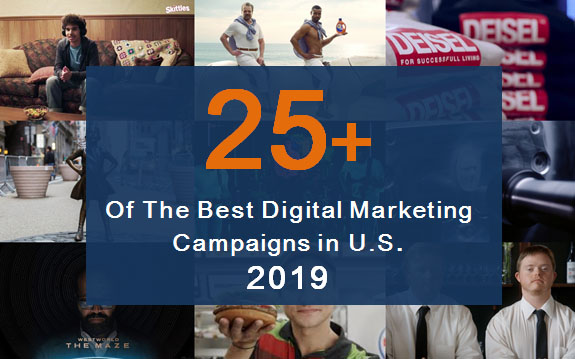What Can We Learn From the History of Marketing?
Digital Marketing | Nov 29, 2019
The world of marketing is moving faster than at any time before. The speed at which content is created and consumed is higher than it has ever been in the history of marketing, and to stay on top is a balancing act of epic proportions.
You must be able to juggle new ideas with old theories, know which parts of the process can be pruned or put out to pasture to make room for newer models, while at the same time stay present and loyal to your customers. It is far from an easy feat.

Image by StartupStockPhotos from Pixabay
The History of Marketing Started With Print
Marking has never been so multifaceted as it is today, how did the simple idea of selling your product grow to be such an enormous industry?
Advertising has always followed technology. From as early as 1450 when the newest in advanced technology was movable typesetting, advertising was there to utilize it. Magazines, posters, and billboards were used to sell products through the medium of print.
As the oldest known form of advertising, print has lasted through the centuries and is still a large contributor to marketing campaigns today.
Despite what critics say, print is not dead, in fact, 90% of adults in America still read printed magazines and because of this, advertisers still rightly believe in the value of print.
From print, emerged new forms of advertising: radio, telephones, and television became tools that advertisers could utilize. In 1954, the revenue from TV advertising surpassed the sales of radio and magazine ads, heralding the start of a digitally driven age of advertising.
The Digital Age
The digital age evolved advertising into the email, SEO and blogging. In the two years between 1995 to 1997, the number of people using the web globally climbed from 16 million to 70 million. The higher demand for advertising to go online pulled the marketing world into the digital space. From here, it became more familiar to the marketing you know and use today.
To finish its evolution, the marketing world then went global. Growth in social media brought the easy accessibility to a global market and pioneers of the marketing industry set sail to explore these unknown territories.
Whether you were in America or Europe, you could now reach customers all over the world. This opened doors to bigger customer bases such as Asia. As part of a growing economy, China marketing was a big player in the game, rivaling that of America.
The Marketing Industry Growth
Surely, with all this industry growth behind marketing, the marketing world must have reached its pinnacle; what space is there for it to grow further? With consumers now leaving behind traditional media in favor of the digital space, is it possible that televisual ads will be the next thing to go; will they be replaced?
Companies are pouring a lot of time and resources into analyzing historical statistics in order to find a pattern of where they can go next.
But what if the next move is a complete anomaly on that graph? Following the historical arc of the marketing industry could cause it to become stuck and archaic. Evolution has been such an important part of advertising, as technology evolved marketing followed.
The question is: is it time for marketing to take the lead?
Warning: Undefined array key "sidebar_ads" in /home/dmc/public_html/wp-content/themes/DMC/functions/helpers.php on line 824





